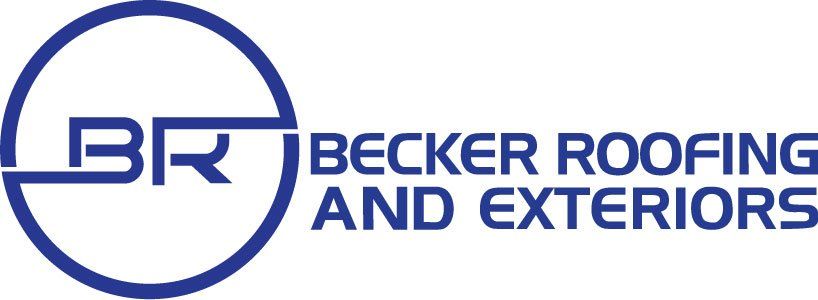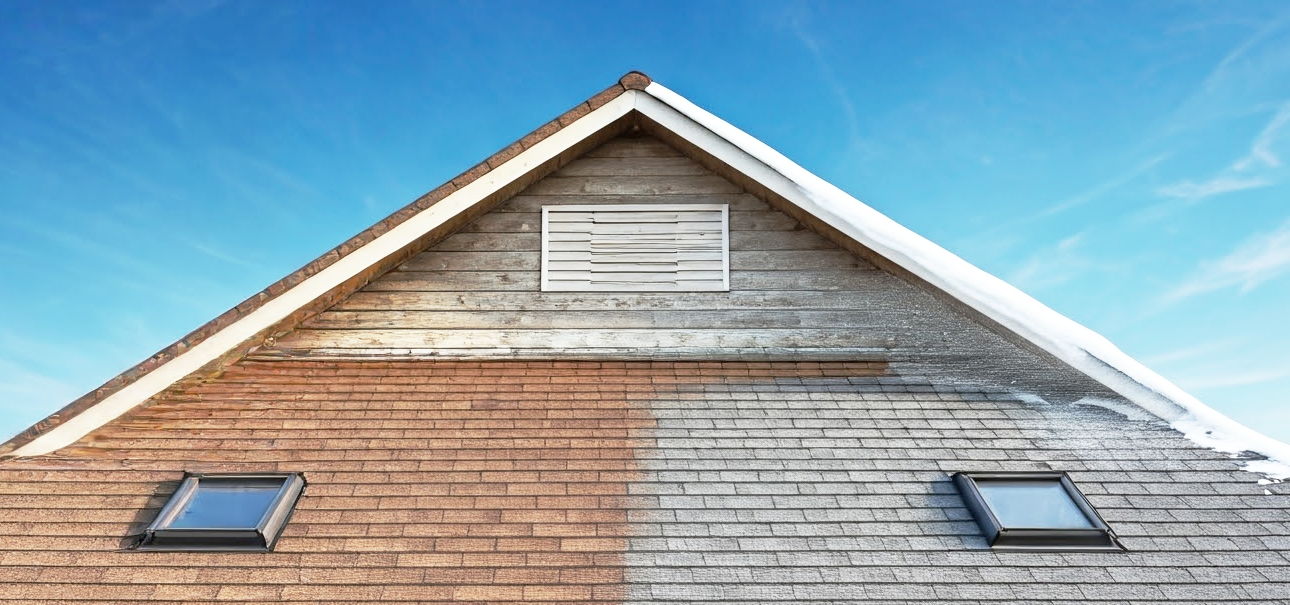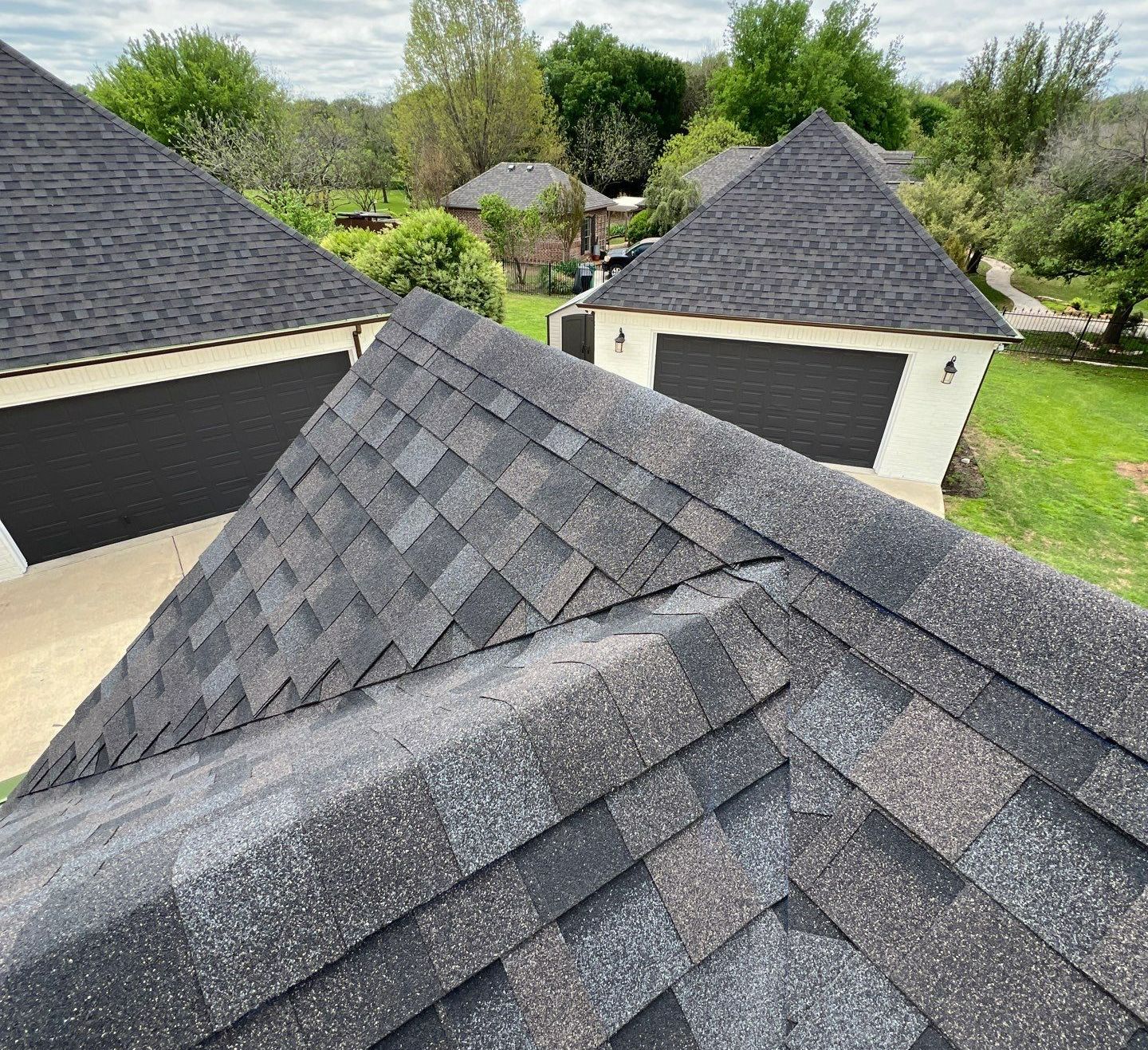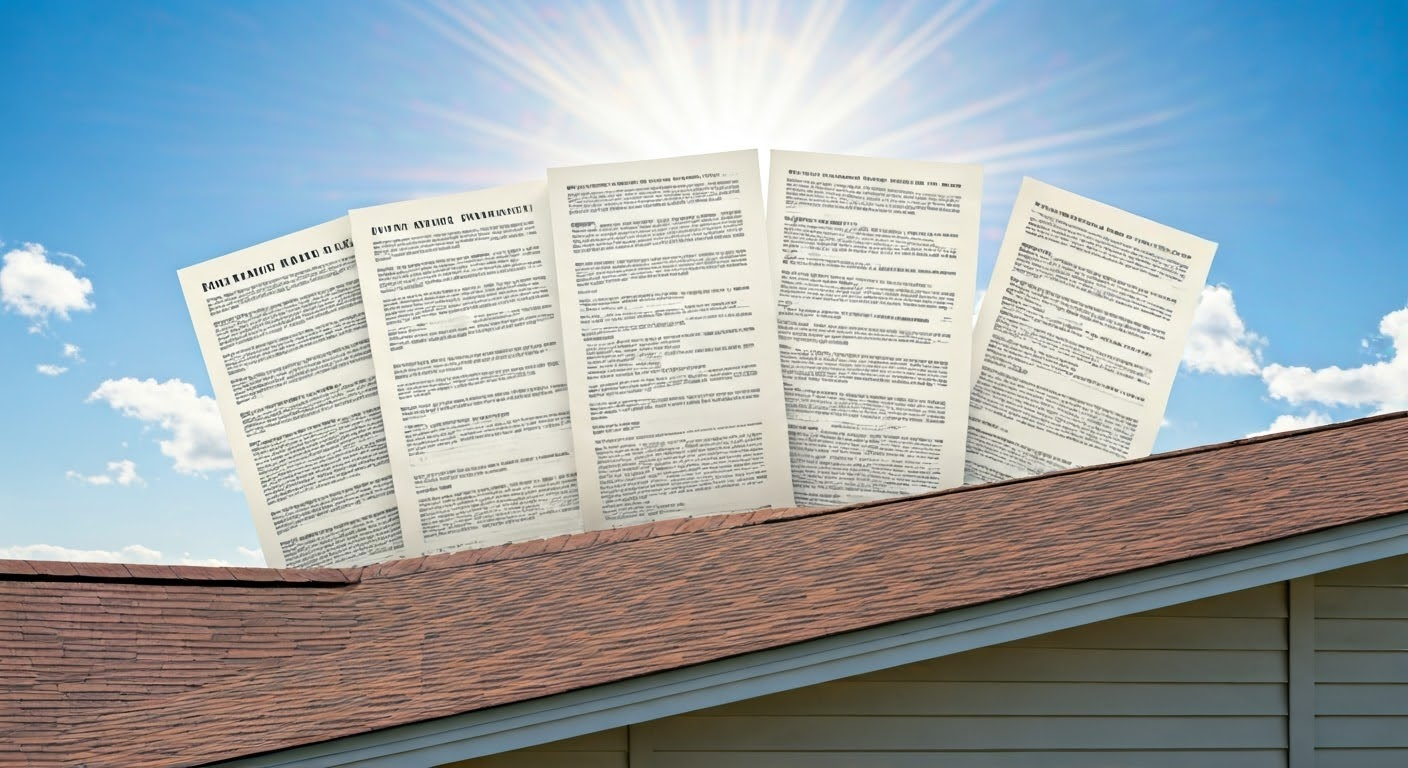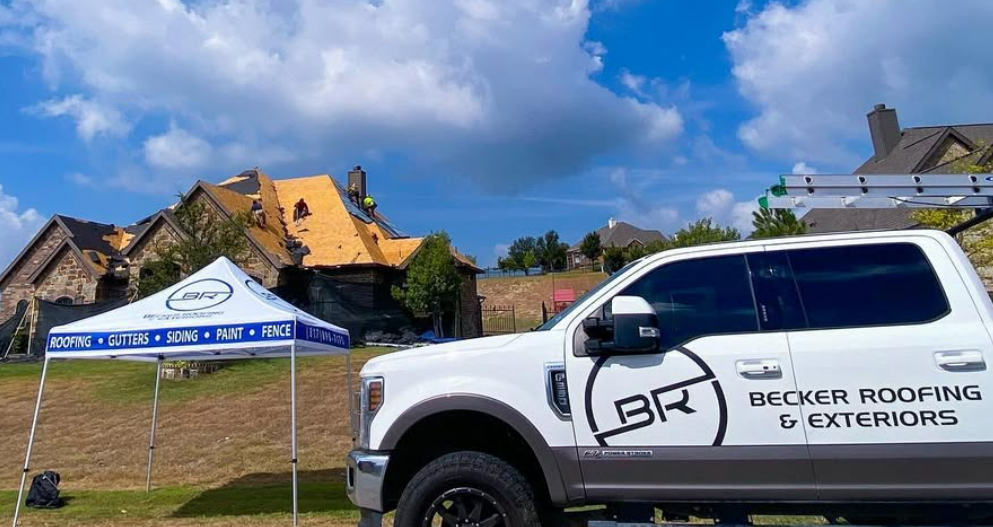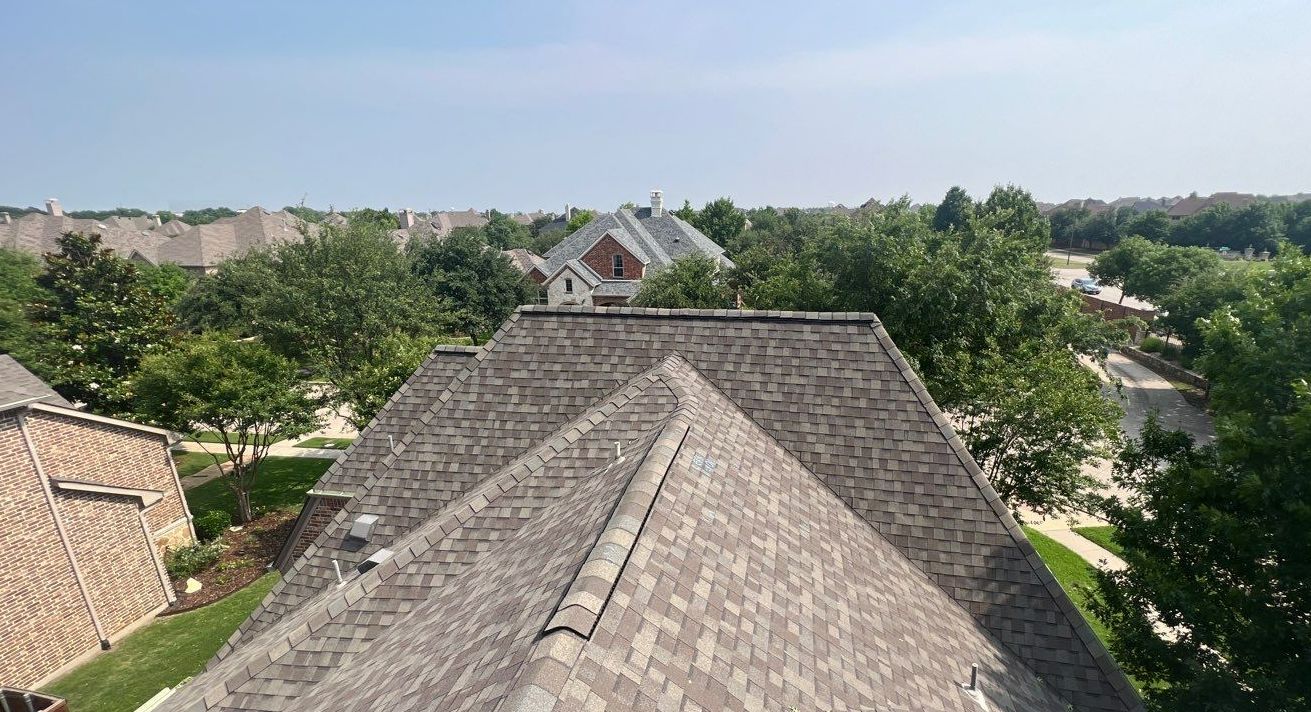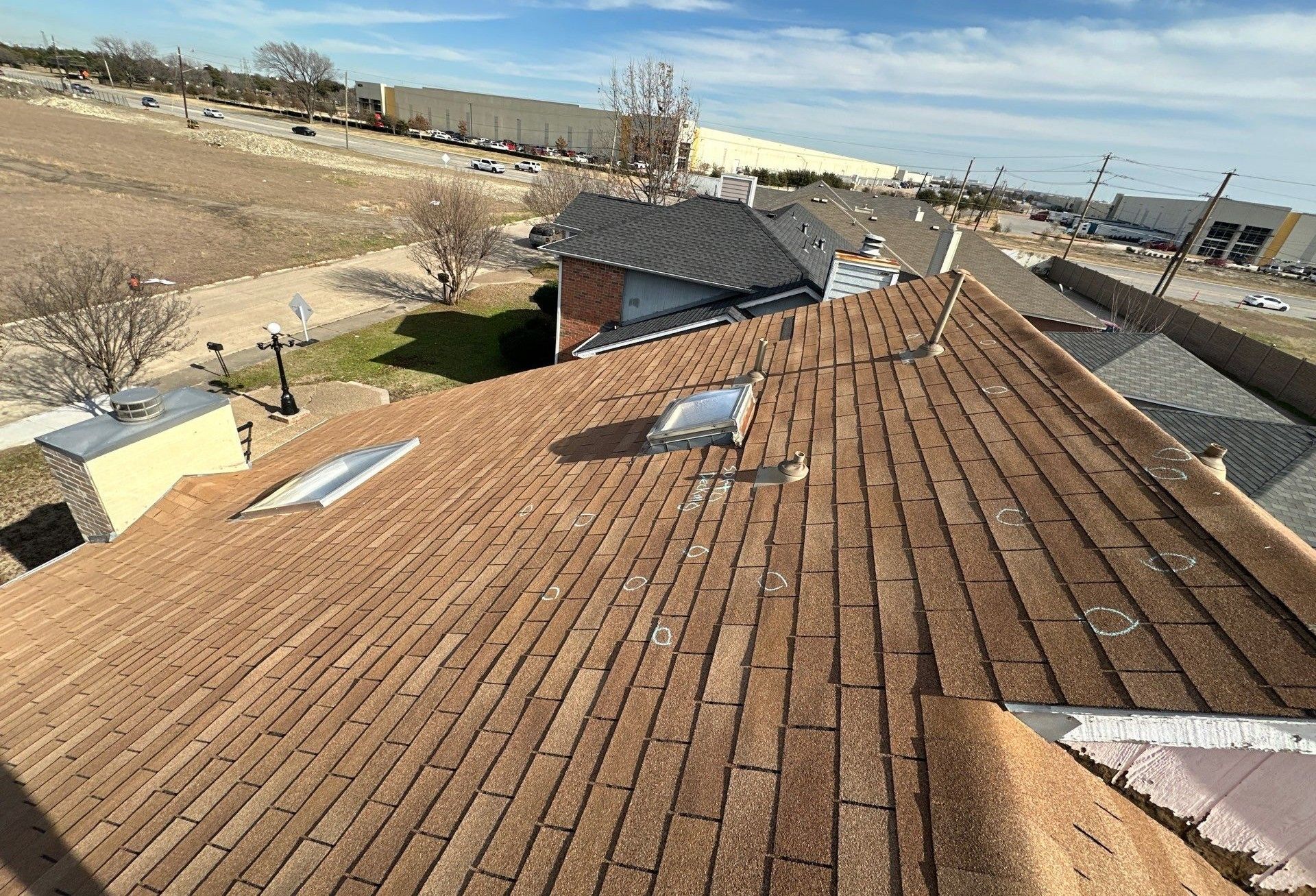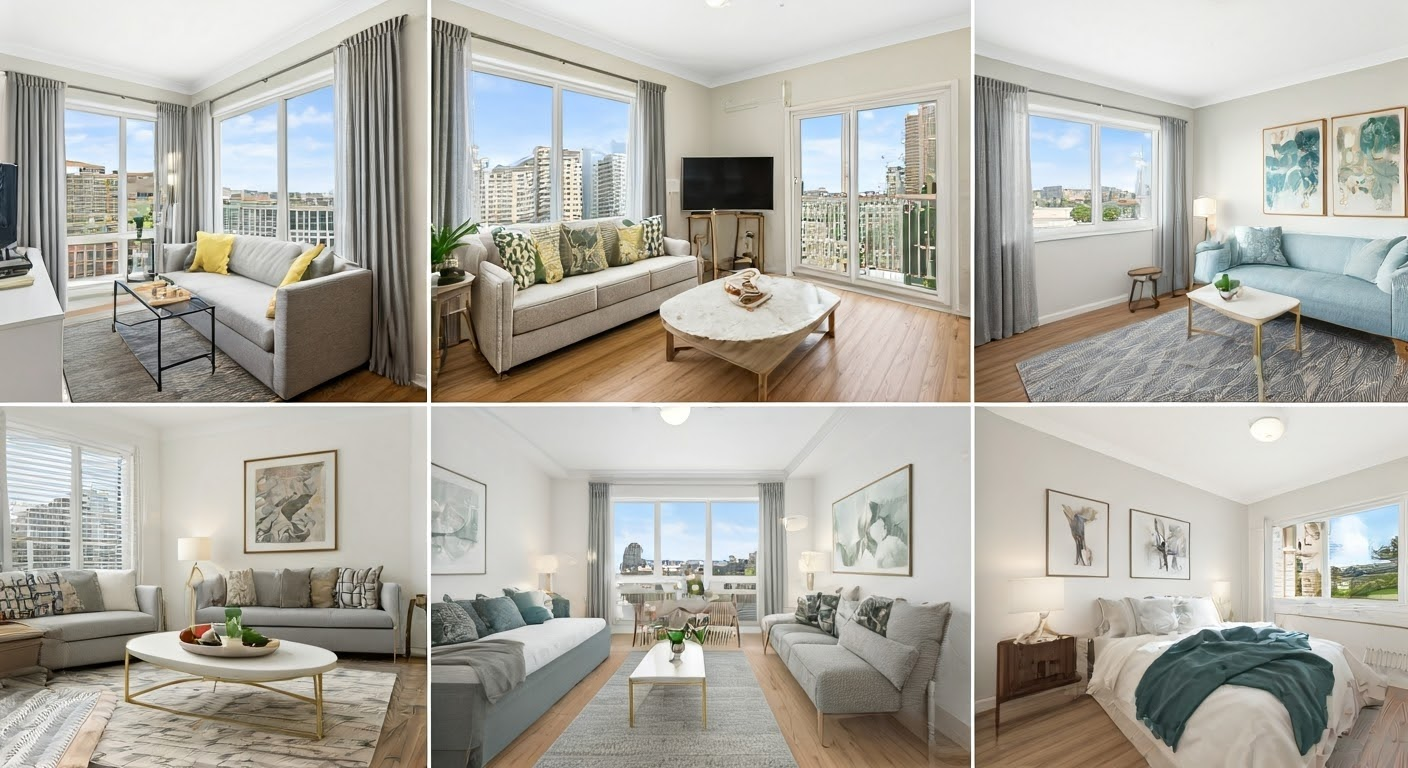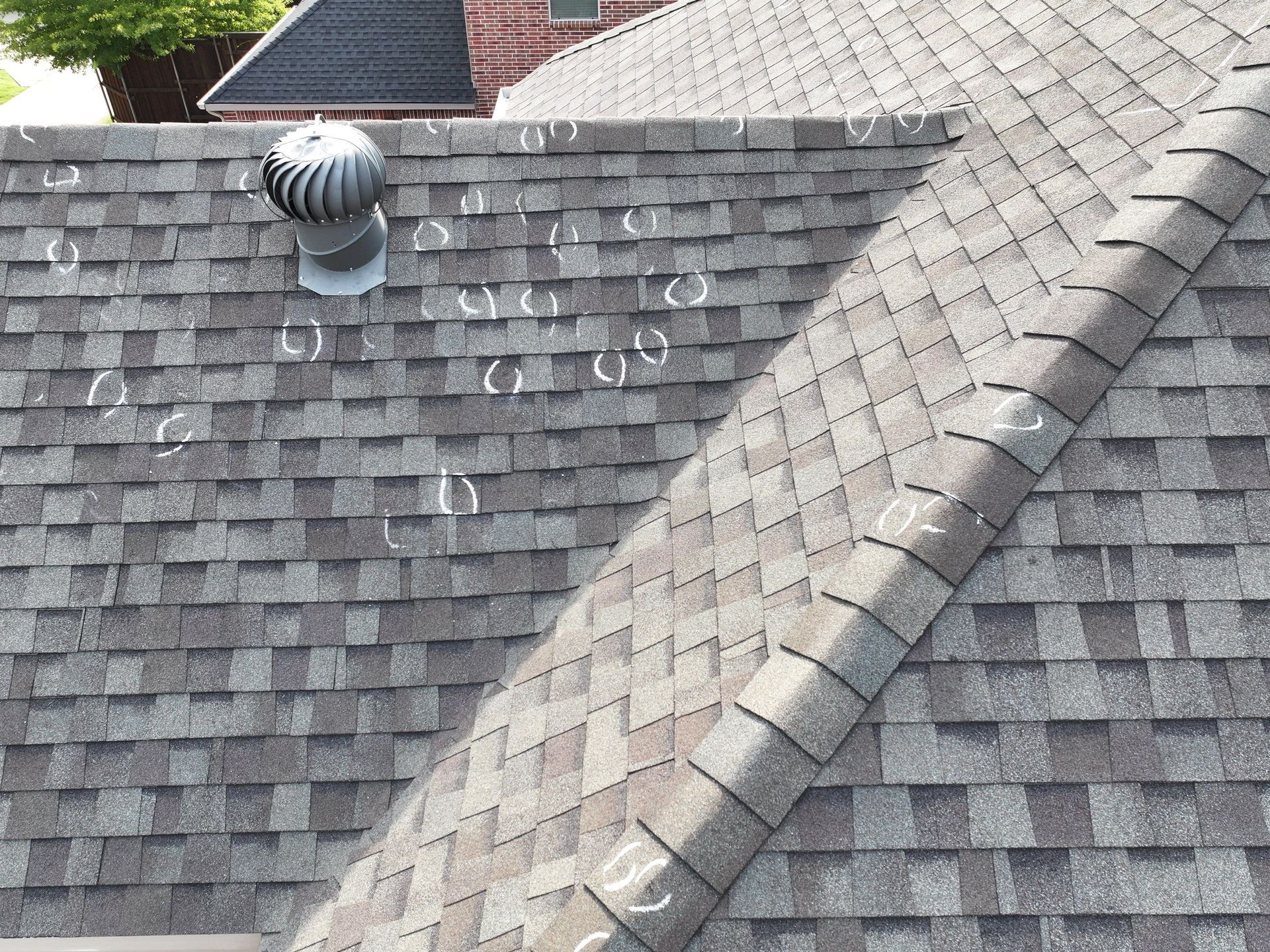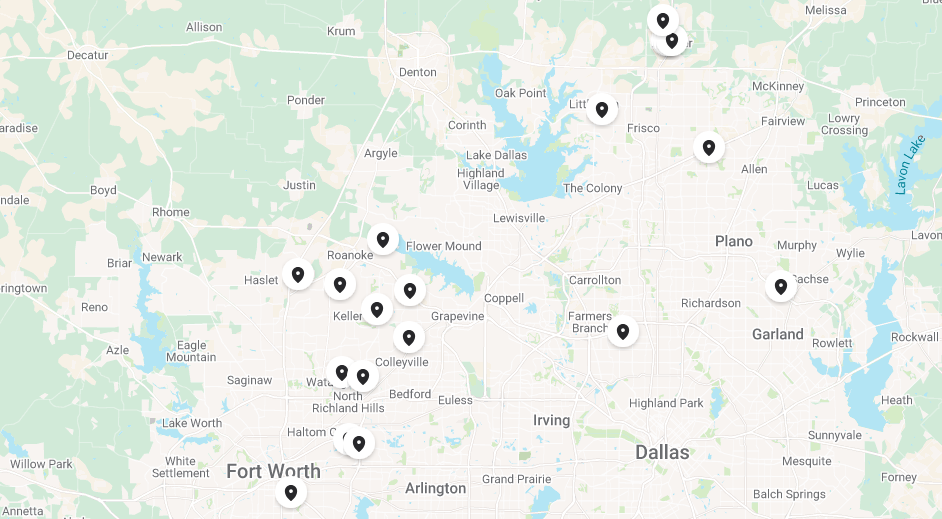Exploring the Different Metal Roofing Panel Systems: The Ultimate Guide
Metal Roofing Guide from R-panel Systems to Double Lock Standing Seam Roofing Systems
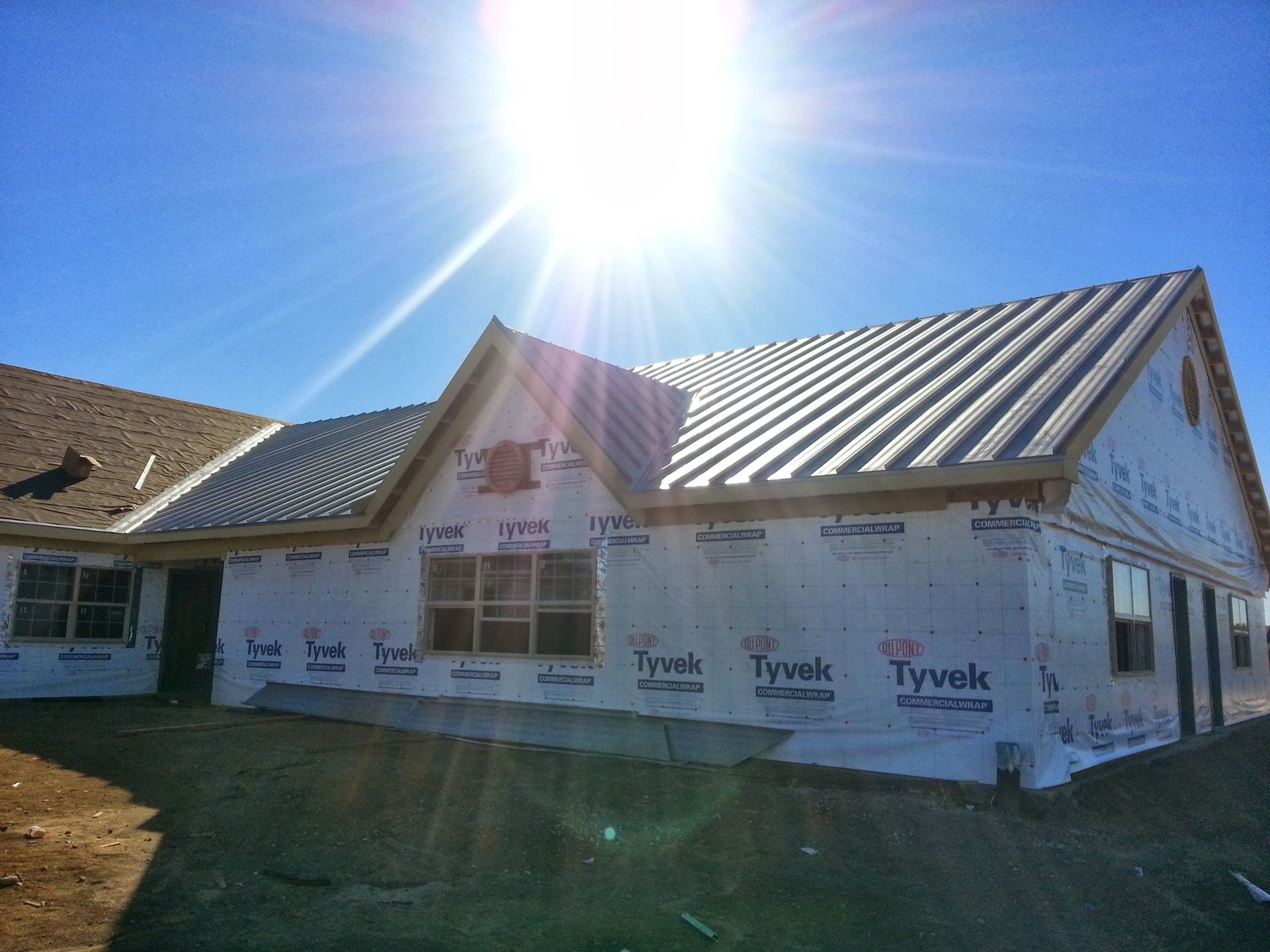
Exploring the Different Metal Roofing Panel Systems: The Ultimate Guide
Deciding on the best metal roofing panel system can be daunting. This article dives into exploring the different metal roofing panel systems, comparing their performance, cost, and design features. Find the metal roofing that aligns with your needs as we examine various systems from standing seam to ribbed panels.
Snapshot of Top-Tier Metal Roofing Panels
To navigate the landscape of metal roofing panels, here’s a quick rundown of some top-tier options:
- Best for Overall Performance: Standing Seam Panels
- Best for Budget: Ribbed Metal Roofing Panels
- Best for Aesthetics: Master Panels with Striations
- Best Classic Design: R-Panel from McElroy Metal
- Best Leak Protection: Double-Lok® Panels from MBCI
- Best Retrofit Solution: McElroy Metal’s Recovery System
- Best Architectural Detail: Zee-Lock Panel from Berridge
- Most Versatile Profile: FW-120 Panels from MBCI
Best Overall Performance - Standing Seam Panels
Price: Varies
Specifications:
- Material: Galvalume or galvanized steel
- Fastening: Concealed
Pros:
- Exceptional durability
- Resistance to harsh weather conditions
- High customization options
Cons:
- Higher upfront cost
The robustness of Standing Seam Panels and their ability to endure severe weather conditions are well-known. The benefits of Standing Seam Panels include:
- Enhanced sleek appearance due to concealed fasteners
- Improved overall performance by eliminating potential water penetration points
- Increased durability and weather resistance
While the higher cost may be a deterrent, the long-term savings through these benefits make Standing Seam Panels a worthy investment.
Rating:
- Price: 3/5
- Design: 5/5
- Durability: 5/5
Most Budget-Friendly - Ribbed Metal Roofing Panels
Price: $1.50 to $4.00 per square foot (free estimate)
Specifications:
- Material: High-quality steel
- Lifespan: Up to 40 years
Pros:
- Cost-effective
- Robust design, suitable for heavy rain
- Excellent water shedding capabilities
Cons:
- Need to replace screws every 10 years
Striking a balance between cost-effectiveness and robust design, ribbed metal roofing panels provide a reliable choice. Made of high-quality steel, these panels last up to 40 years and resist rust for up to 25 years. Despite their affordability, these panels provide practical benefits such as excellent water shedding capabilities. The need to replace screws approximately every 10 years is a minor inconvenience when considering the overall benefits and savings.
Rating:
- Price: 5/5
- Design: 4/5
- Durability: 4/5
Premium Aesthetic Choice - Master Panels with Striations
Price: Varies
Specifications:
- Design: Linear grooves parallel to the standing seams
- Purpose: Minimize visibility of oil canning
Pros:
- Enhanced visual appeal with a new roof
- Smooth roofing surface
Cons:
- Possibly higher cost due to premium aesthetic
Offering not just functionality but also a premium aesthetic choice, Master Panels with Striations are an impressive option. The striations, or linear grooves, contribute to a clean and defined appearance, minimizing the visibility of oil canning and maintaining the flatness of the roofing surface. While these panels might come with a higher price tag due to their premium aesthetic, the visual appeal and high-end finish they offer make them a worthy investment for homeowners seeking to increase their property’s curb appeal.
Rating:
- Price: 4/5
- Design: 5/5
- Durability: 4/5
Most Classic Design - R-Panel from McElroy Metal
Price: Varies
Specifications:
- Design: 1 1/4” major ribs on 12-inch centers
- Material: Thinner metal gauges
Pros:
- Classic corrugated appearance
- Enhanced support with optional Purlin Bearing Leg
Cons:
- Less durable and weather-resistant compared to thicker gauges
With its bold traditional corrugated appearance, the R-Panel from McElroy Metal is particularly favored for residential roofs in the Southwestern United States, including North Richland Hills, and highly sought after. Incorporating modern elements, the R-Panel can be enhanced with an optional Purlin Bearing Leg, which adds support and aids in fastening the panel lap during installation.
While the thinner metal gauges provide less durability and weather resistance than thicker gauges, the classic appeal of the R-Panel makes it an attractive option for those seeking a traditional look.
Rating:
- Price: 5/5
- Design: 4/5
- Durability: 3/5
Best Leak Protection - Double-Lok® Panels from MBCI
Price: Varies
Specifications:
- Design: Continuous panel lengths up to 40 feet
- Application: Large-scale projects
Pros:
- Superior leak resistance
- Seamless installation
Cons:
- Higher cost for smaller projects
Providing superior leak resistance due to their continuous panel lengths up to 40 feet, Double-Lok® panels from MBCI ensure seamless installation and reduced potential leak points. While the system is highly regarded for its reliable foundation for proprietary roofing systems, it may be more costly for smaller projects. However, the exceptional performance, dependable water-tightness, and the ability to keep project timelines on track make Double-Lok® panels a reliable choice for those requiring superior leak protection.
Rating:
- Price: 4/5
- Design: 5/5
- Durability: 5/5
Best Retrofit Solution - McElroy Metal's Recovery System
Price: Varies
Specifications:
- Design: Retrofitting directly on top of existing shingle roofs
- Application: Various existing roof types
Pros:
- Diminishes labor costs
- Reduces waste
- Energy efficient
Cons:
- Dependence on building’s structural integrity
With the potential to diminish labor costs and reduce waste, McElroy Metal’s Recovery System permits retrofitting directly on top of existing shingle roofs. While the system can be applied over various existing roof types, it’s crucial to ensure the structural integrity of the building can sustain the additional weight of the metal roof. Despite this consideration, the system offers an excellent retrofit solution for those seeking to upgrade their existing roofing without a complete teardown.
Rating:
- Price: 4/5
- Design: 4/5
- Durability: 4/5
Best Architectural Detail - Zee-Lock Panel from Berridge
Price: Varies
Specifications:
- Design: 2-inch standing seam and 16-inch panel coverage
- Material: 24 and 22-gauge steel or 0.032 and 0.040 aluminum
Pros:
- Elegant visual profile
- Suitable for both straight and curved surfaces
Cons:
- Possible higher cost due to premium aesthetic
The Zee-Lock Panel from Berridge offers the following features:
- Elegant visual profile that enhances architectural details
- Designed to work with both open framing and solid sheathing, demonstrating its adaptability for varying structural requirements
- Available in sturdy 24 and 22-gauge steel, or 0.032 and 0.040 aluminum, providing material flexibility to cater to different application needs and preferences
- Despite the possible higher cost due to its premium aesthetic, the architectural detail offered by the Zee-Lock Panel makes it a top pick for those seeking to create visually appealing structures.
Rating:
- Price: 4/5
- Design: 5/5
- Durability: 4/5
Most Versatile Profile - FW-120 Panels from MBCI
Price: Varies Specifications:
- Design: Three distinct profiles
- Material: Various gauges available
Pros:
- Versatile profile suitable for diverse applications
- Extensive spanning capabilities
Cons:
- Incompatibility of FW-120 clip with 20-gauge panels
Offering a versatile profile, FW-120 panels from MBCI are suitable for various applications, including composite wall applications. They are favored across architectural, commercial, and industrial markets for their extensive spanning capabilities. The FW-120 panel system offers three distinct profiles—a flat profile, a profile with one bead, and a profile with two beads—and can be custom-tailored with options such as smooth or embossed finishes and a variety of colors. Despite the incompatibility of the FW-120 clip with 20-gauge panels, the versatility of these panels makes them a top pick for those seeking a versatile profile.
Rating:
- Price: 4/5
- Design: 5/5
- Durability: 4/5
Selecting Your Ideal Metal Roofing Panel
The process of choosing the ideal metal roofing panel involves taking into account several factors such as material type, style, and personal preferences. Some options to consider are:
- Aluminum roofing, which offers corrosion resistance, lightweight properties, and design flexibility, making it a versatile choice for various roof designs.
- Zinc roofing, which is a pricier option but offers unique visual aspects and long-term durability, especially in coastal environments where it resists corrosion from sea salt spray.
- Copper roofing, which is also a pricier option but offers a distinctive appearance and excellent durability.
Consider these factors and choose the metal roofing panel that best suits your needs and preferences.
Meanwhile, steel is the most widely used and cost-effective metal roofing material, offering durability and fire resistance. Ultimately, the right selection depends on your specific needs, preferences, and budget.
Understanding Metal Roofing Costs
Compared to other roofing materials such as asphalt shingles, metal roofing often comes with a higher upfront cost. However, despite the initial expense, metal roofs offer long-term value with potential lifespans of 45 to over 100 years depending on the material. The cost of metal roofing is determined by a combination of factors such as:
- Material type
- Labor costs
- Roof dimensions
- Additional spending on permits, underlayment, and coatings
Larger roofing projects typically have lower per square foot costs due to economies of scale; conversely, smaller projects under 500 square feet may be more expensive. However, considering the durability, longevity, and energy efficiency of metal roofs, the cost is often justified and provides excellent long-term value.
Features That Make a Difference
The performance, longevity, and visual appeal of metal roofing systems are influenced by various features. Protective coatings, for instance, enhance the roof’s resilience and longevity, maintain cooler building temperatures through reflective properties, and result in cost savings by minimizing the need for repairs. Precious metals like zinc and copper not only offer durability but also visual appeal, with zinc developing a protective patina for a corrosion-resistant blue/gray finish, and copper, known for its striking color change over time.
Technological enhancements such as stone-coated steel provide texture and color options, while coatings such as:
- Galvalume Plus®
- Signature® 200
- Signature® 300
- Signature® 300 Metallic
The durability, longevity, and fire resistant qualities of metal roofing panels, especially in commercial roofing, can be significantly improved with the expertise of Becker Roofing by adding a protective layer.
Summary
In conclusion, metal roofing offers a wide range of options to suit various needs and preferences. From standing seam panels known for their exceptional durability to the budget-friendly ribbed metal roofing panels, there’s a type of metal roofing for every requirement. Whether you’re after the classic design of the R-Panel from McElroy Metal or the superior leak protection of Double-Lok® panels from MBCI, the choice is yours. Remember, while the initial cost of metal roofing may be higher than other types of roofing, the long-term value, durability, and aesthetic appeal make it a worthy investment.
Frequently Asked Questions
What is the difference between R panel and standing seam?
The main difference between R-panel and standing seam is that standing seam features concealed fasteners, making it a preferred choice for its sleek look and added protection. Exposed fasteners in R-panel make it a more cost-effective option for certain projects.
What is the best grade of metal roofing?
The best grade of metal roofing is 24 gauge due to its higher durability, especially in harsh climates. This grade provides fire resistance, low maintenance, and protection against corrosion.
What is the biggest problem with metal roofs?
The biggest problem with metal roofs is wear and tear caused by exposure to elements like extreme weather, UV radiation, and temperature fluctuations. This can lead to corrosion, rust, weakened seams, and ultimately water penetration.
What are the different types of metal roof panels?
Stone-coated metal roofing is made from steel sheets and coated with stone granules, combining the strength of metal roofing with the aesthetic appeal of traditional roofing materials like asphalt shingles and clay tiles. Corrugated and standing seam metal roofs can be made of aluminum, copper, or steel.
What is the most budget-friendly metal roofing panel?
The most budget-friendly metal roofing panel is the ribbed metal roofing panel because it offers a balance of cost-effectiveness and robust design.

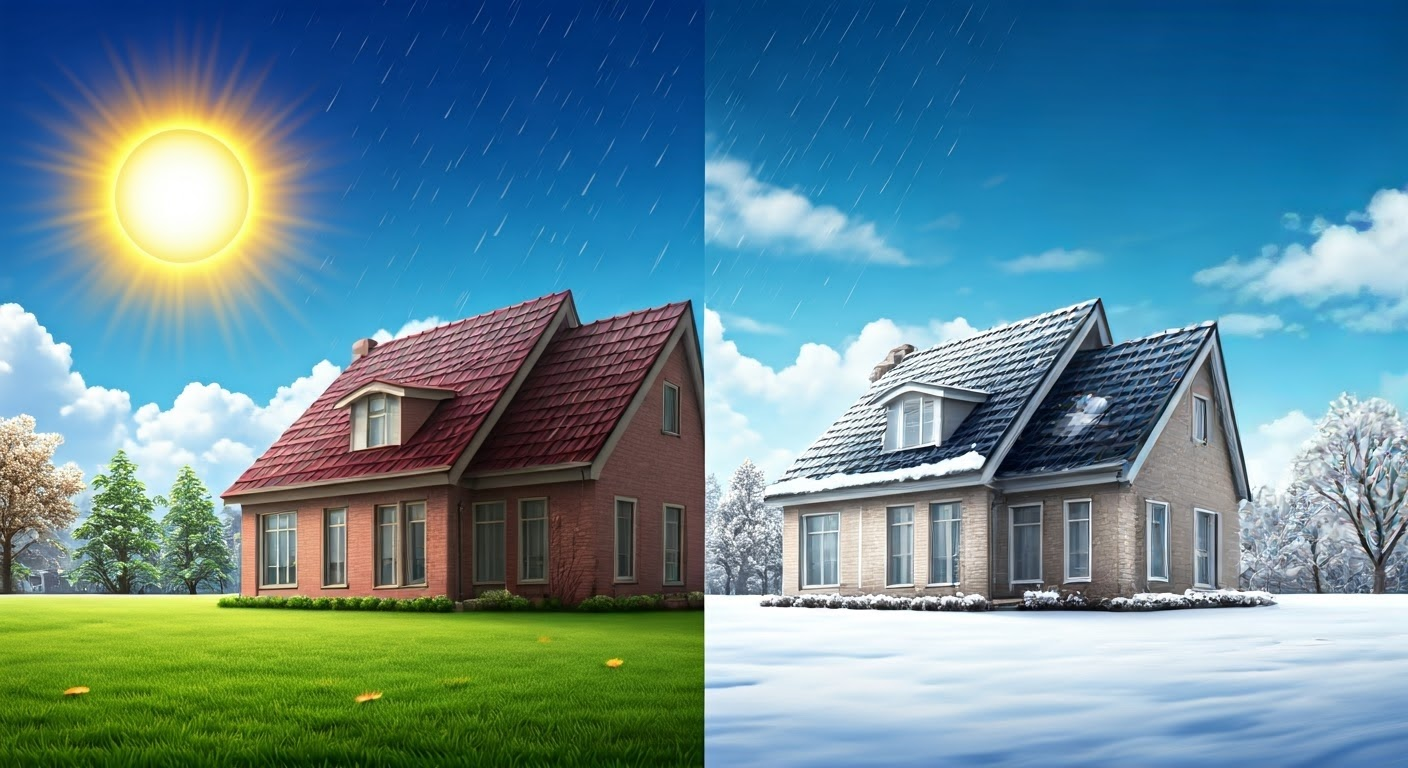
Our Location
Hours
Hours
Contact Us
License # 03-0235
